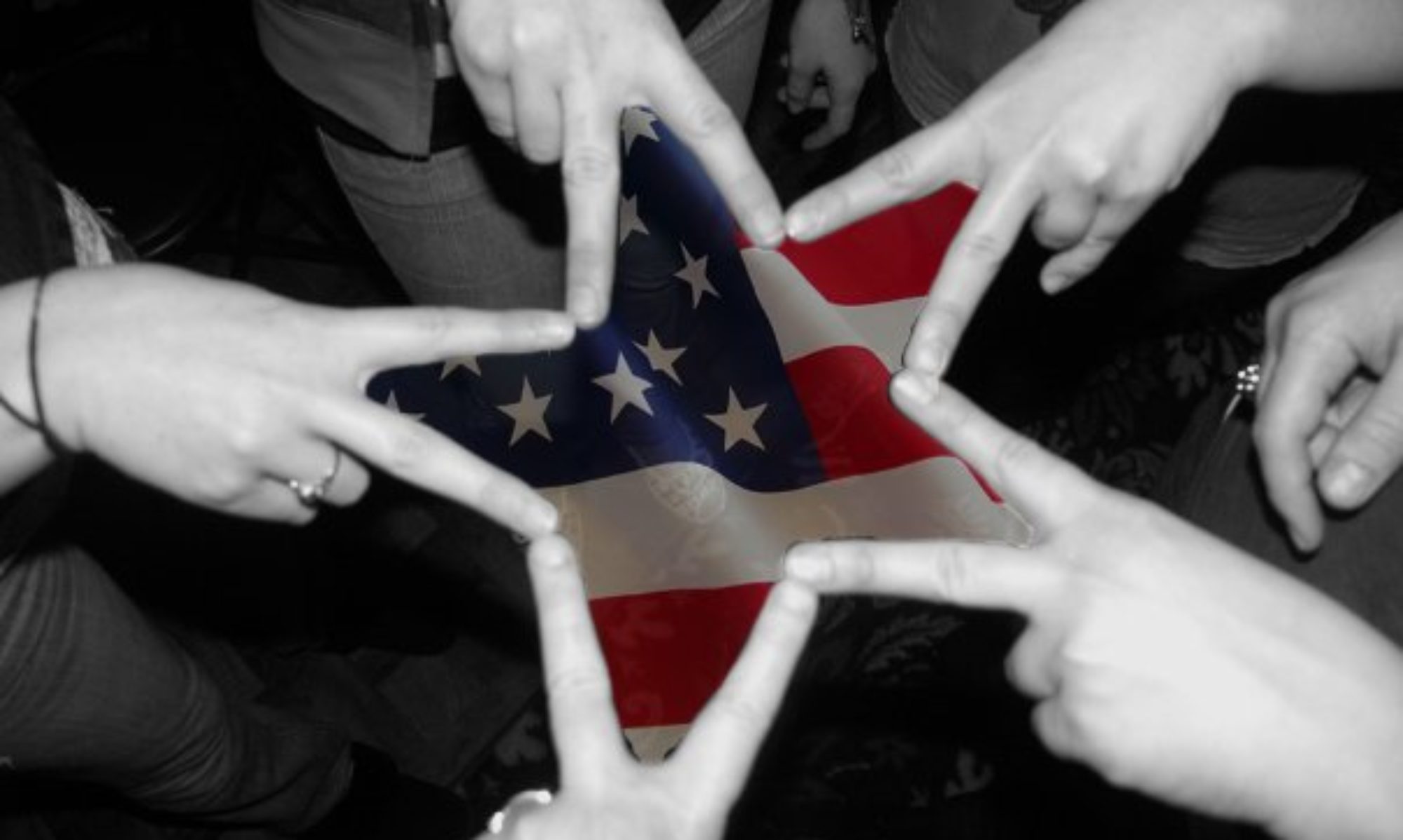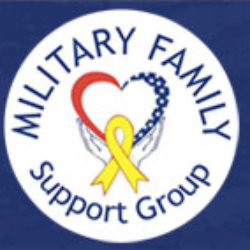Flag Facts:
- The U.S. Flag, adopted on June 14, 1777 (now known as Flag Day), is the fourth oldest national flag in the world.
- A flag expert is called a “vexillologist.”
- The flag consists of thirteen horizontal stripes, seven red alternating with 6 white: the stripes represent the original 13 colonies. The blue field on the U.S. Flag is called the “union” with the 50 white stars representing all of the states of the Union.
- The colors of the flag are said to be symbolic (actually this is not official, but rather these are the symbolic colors specified on the Great Seal of the U.S. and it is assumed about the flag):
Red = Hardiness and Valor;
White = Purity and Innocence;
Blue = Vigilance, Perseverance and Justice.
- More flag symbolism from a book about the flag published in 1977 by the House of Representatives:
“The star is a symbol of the heavens and the divine goal to which man has aspired from time immemorial; the stripe is symbolic of the rays of light emanating from the sun.”
- In May of 1776, Betsy Ross reported that she sewed the first American flag.
- Gold trim/fringe is generally used on ceremonial indoor flags that are used for special services and is believed to have been first used in a military setting. It has no specific significance and its use is in compliance with applicable flag codes and laws.
Care & Respect
STANDARDS of Care
Whether you fly a flag daily or bring it out to honor our country on special days, taking respectful care of the flag is important. If your flag is looking dingy or soiled, washing it is quite acceptable & appropriate. The U.S. Flag Code does not prohibit washing flags. Washing the flag on a regular basis can prolong its life. Most outdoor flags are now made of polyester or nylon. These can be hand-washed in cool water with a mild laundry detergent. If you have a cotton flag, it can be laundered in the same way (be sure to use COLD water as the red stripes in particular may bleed over onto the white). Hang the flag up on a clothesline or drying rack and allow it to drip dry rather than putting it in the dryer. If it is wrinkled, feel free to use a cool iron to press nylon or polyester and a hot iron to press cotton. If you are not sure of the material of your flag or it is an older flag, take it to a dry cleaner. Note: Many offer free flag cleaning services, especially in the month of July.
The flag should be carefully mended when necessary. Do not alter the size of the flag. Be sure to make your work as unnoticeable as possible. If you are not a Betsy Ross type, take it to a professional seamstress for repairs.
When a flag is so worn it is no longer fit to serve as a symbol of our country (i.e. excessively frayed, ripped or torn), it should be destroyed by burning in a dignified manner. Note: Most American Legion Posts regularly conduct a dignified flag burning ceremony, often on Flag Day, June 14th. Many Cub Scout Packs, Boy Scout Troops, and Girl Scout Troops retire flags regularly as well. Contact your local American Legion Hall or Scout Troop to inquire about the availability of this service.
STANDARDS of RESPECT
The Flag Code, which formalizes and unifies the traditional ways in which we give respect to the flag, also contains specific instructions on how the flag is not to be used. They are:
- The flag should never be dipped to any person or thing. It is flown upside down only as a distress signal.
- The flag should not be used as a drapery, or for covering a speakers desk, draping a platform, or for any decoration in general. Bunting of blue, white and red stripes is available for these purposes. The blue stripe of the bunting should be on the top.
- The flag should never be used for any advertising purpose. It should not be embroidered, printed or otherwise impressed on such articles as cushions, handkerchiefs, napkins, boxes, or anything intended to be discarded after temporary use. Advertising signs should not be attached to the staff or halyard
- The flag should not be used as part of a costume or athletic uniform, except that a flag patch may be used on the uniform of military personnel, fireman, policeman and members of patriotic organizations.
- The flag should never have placed on it, or attached to it, any mark, insignia, letter, word, number, figure, or drawing of any kind.
- The flag should never be used as a receptacle for receiving, holding, carrying, or delivering anything.
When the flag is lowered, no part of it should touch the ground or any other object; it should be received by waiting hands and arms. To store the flag it should be folded neatly and ceremoniously.
Displaying the Flag Outdoors
When the flag is displayed from a staff projecting from a window, balcony, or a building, the union should be at the peak of the staff unless the flag is at half staff.
When it is displayed from the same flagpole with another flag – of a state, community, society or Scout unit – the flag of the United States must always be at the top except that the church pennant may be flown above the flag during church services for Navy personnel when conducted by a Naval chaplain on a ship at sea.
When the flag is displayed over a street, it should be hung vertically, with the union to the north or east. If the flag is suspended over a sidewalk, the flag’s union should be farthest from the building.
When flown with flags of states, communities, or societies on separate flag poles which are of the same height and in a straight line, the flag of the United States is always placed in the position of honor – to its own right. The other flags may be smaller but none may be larger. No other flag ever should be placed above it. The flag of the United States is always the first flag raised and the last to be lowered.
When flown with the national banner of other countries, each flag must be displayed from a separate pole of the same height. Each flag should be the same size. They should be raised and lowered simultaneously. The flag of one nation may not be displayed above that of another nation.
Raising and Lowering the Flag
The flag should be raised briskly and lowered slowly and ceremoniously. Ordinarily it should be displayed only between sunrise and sunset. It should be illuminated if displayed at night.
The flag of the United States of America is saluted as it is hoisted and lowered. The salute is held until the flag is unsnapped from the halyard or through the last note of music, whichever is the longest.
Displaying the Flag Indoors
When on display, the flag is accorded the place of honor, always positioned to its own right. Place it to the right of the speaker or staging area or sanctuary. Other flags should be to the left.
The flag of the United States of America should be at the center and at the highest point of the group when a number of flags of states, localities, or societies are grouped for display.
When one flag is used with the flag of the United States of America and the staffs are crossed, the flag of the United States is placed on its own right with its staff in front of the other flag.
When displaying the flag against a wall, vertically or horizontally, the flag’s union (stars) should be at the top, to the flag’s own right, and to the observer’s left.
Parading and Saluting the Flag
When carried in a procession, the flag should be to the right of the marchers. When other flags are carried, the flag of the United States may be centered in front of the others or carried to their right. When the flag passes in a procession, or when it is hoisted or lowered, all should face the flag and salute.
The Salute
To salute, all persons come to attention. Those in uniform give the appropriate formal salute. Citizens not in uniform salute by placing their right hand over the heart and men with head cover should remove it and hold it to left shoulder, hand over the heart. Members of organizations in formation salute upon command of the person in charge.
The Pledge of Allegiance and National Anthem
The pledge of allegiance should be rendered by standing at attention, facing the flag, and saluting.
When the national anthem is played or sung, citizens should stand at attention and salute at the first note and hold the salute through the last note. The salute is directed to the flag, if displayed, otherwise to the music.
The Flag in Mourning
To place the flag at half staff, hoist it to the peak for an instant and lower it to a position half way between the top and bottom of the staff. The flag is to be raised again to the peak for a moment before it is lowered. On Memorial Day the flag is displayed at half staff until noon and at full staff from noon to sunset.
The flag is to be flown at half staff in mourning for designated, principal government leaders and upon presidential or gubernatorial order.
When used to cover a casket, the flag should be placed with the union at the head and over the left shoulder. It should never be lowered into the grave, but removed from the casket and properly folded prior to the casket being lowered into the grave.

